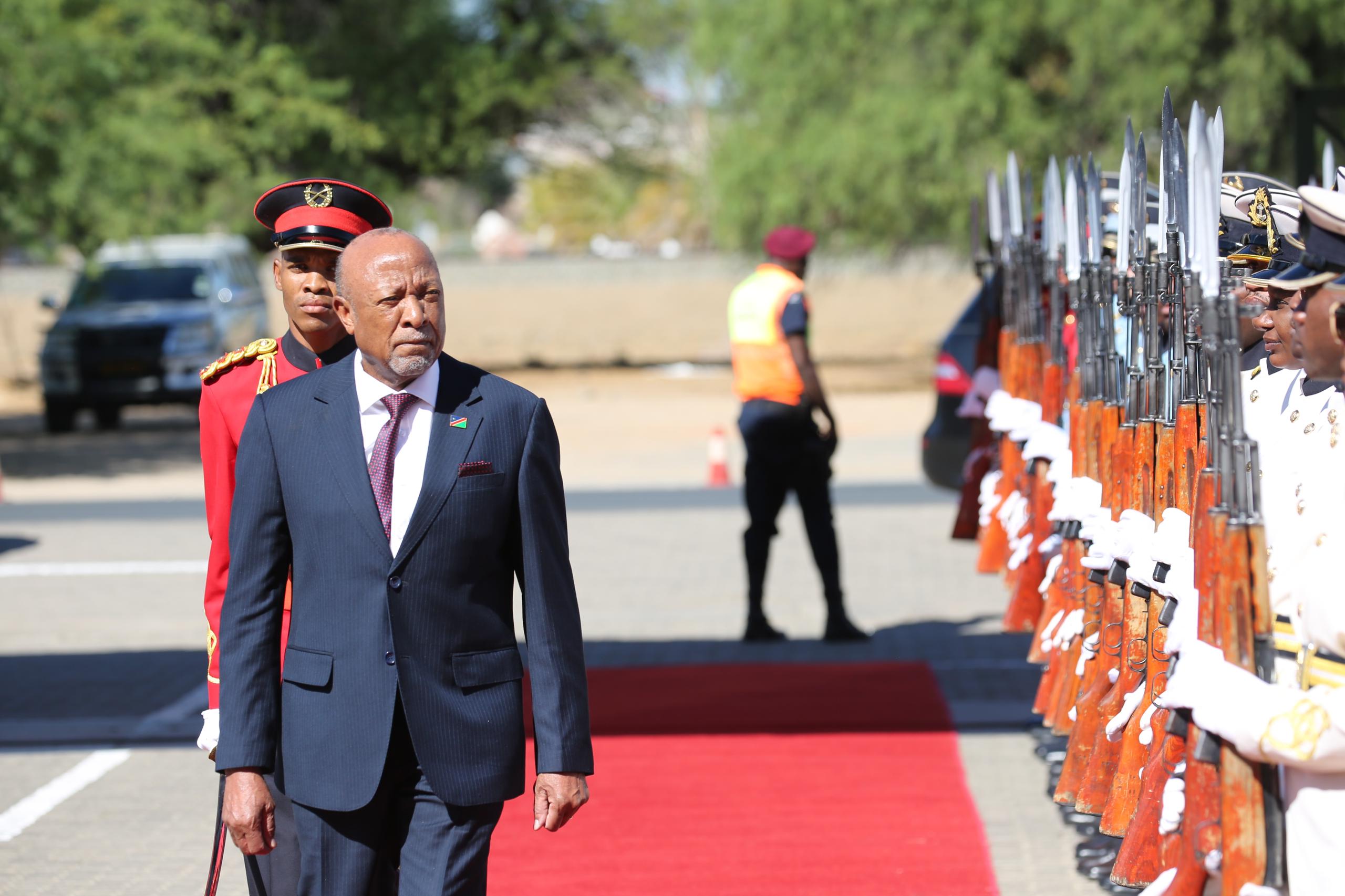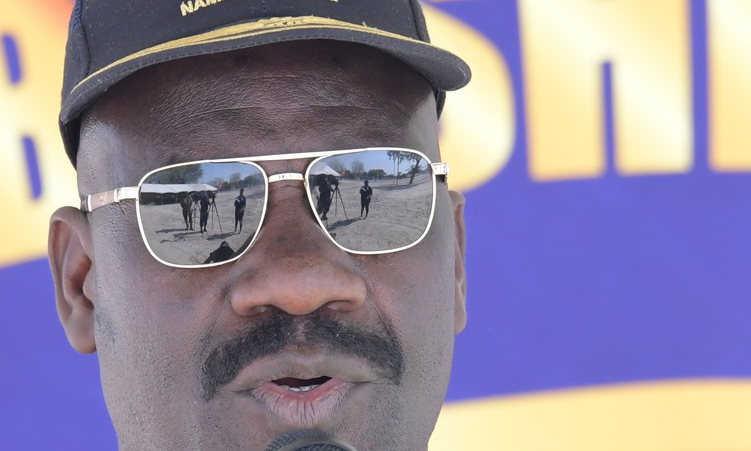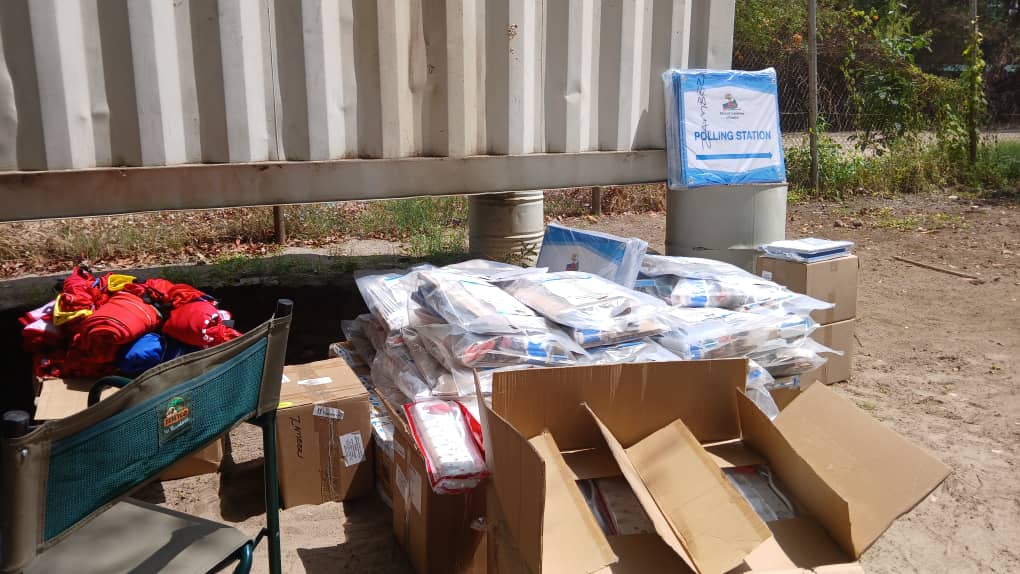I was recently struck by what I believe is a crucial question: Can a youth centre truly be considered as such if it lacks free access to Wi-Fi?
This occurred to me after attending the training of regional youth officers hosted by the One Economy Foundation and the Ministry of Sport, Youth, and National Services earlier this month.
The training, which brought together youth officers from all 14 regions, aimed to enlighten them on running contemporary youth centres, drawing inspiration from the nascent #BeFree Youth Campus in Katutura.
A key takeaway was the importance of embracing digital technology and, in this context, providing free internet access.
It highlighted the need for youth centres in Namibia to embrace digital technology and to provide free internet, as internet accessibility is widely recognised as a necessity (a need) rather than a luxury (a want) in today’s world.
‘GOLDEN’ GATEWAY
Research indicates that young people are avid internet users – for a variety of reasons, both good and bad.
One of the good reasons the youth use the internet is to access information to inform and educate themselves.
In short, free internet access at youth centres would be a valuable commodity: There is a saying that “data is the new gold”, a phrase often used to highlight the increasing importance of data in the digital age.
Notable figures like Mark Zuckerberg, who founded Facebook while at Harvard University as a youth (aged 19), exemplify the potential for innovation among young people.
Innovations could similarly arise in Namibia if there is widespread access to free internet countrywide.
Optimistically, we might even experience ‘an explosion of innovations’ in the realm of digital technologies.
Despite gaps in accessibility in Namibia, the internet has been put to good work as highlighted by Team Namibia’s success in the global ‘Seeds for the Future Tech4Good’ competition.
The team’s winning submission was an AI-powered teaching solution called YYeni AI that caters for the needs of every student.
Made up of students from Namibian universities, Team Namibia is a prime example of youth innovation.
OPPORTUNITIES
A 2022 study by the United Nations Children’s Fund (Unicef) found that Namibia has the highest internet access among young people aged 12–17 in eastern and southern Africa.
However, there is room for improvement.
The ministry of youth and national services operates multi-purpose youth resource centres in most regional capitals.
While these centres aim to assist the youth with information and offer various activities, some youth officers noted a lack of internet accessibility at their youth centres, particularly in the Kunene region.
They said this resulted in minimal youth attendance, especially among those more inclined towards internet engagement or e-sports.
In 2023, the former deputy minister of information and communications technology, Emma Theofelus, disclosed that 49% of Namibians lack internet access, indicating a pressing need for improvement.
To address this, efforts should be made to prioritise free internet access at all youth centres.
This would breathe new life into these spaces and ensure they remain relevant and accessible to Namibia’s youth.
Internet access is no longer a luxury (a want) but a necessity (a need) for youth centres in today’s world.
It is not just about connectivity, it is about empowering young people with the tools and opportunities they need to thrive in an increasingly digital society.
- David Junias is a consultant for the #BeFree Movement of the One Economy Foundation. The article is written in his personal capacity; davidjunias@gmail.com
Stay informed with The Namibian – your source for credible journalism. Get in-depth reporting and opinions for
only N$85 a month. Invest in journalism, invest in democracy –
Subscribe Now!






